About the author: Bryan Sellers has been a Falken Tire factory driver for seven years. As one of the elite American sports car racers, the Braselton, Georgia-resident has driven the No. 17 Team Falken Tire Porsche 911 RSR (and its predecessor the 911 GT3 RSR) to GT class victories at Mid-Ohio (American Le Mans Series, 2011), Baltimore (ALMS, 2011, 2012) and Petit Le Mans (ALMS, 2013, TUDOR Championship 2014). In addition, Sellers has raced to victories in the Continental Tire Sports Car Challenge at Watkins Glen and Indianapolis Motor Speedway. Stay in touch with Bryan here on FLATSIXES.com, on Facebook or follow him on Twitter.
As a driver, I have many jobs that are deemed important by my bosses, but in my mind the most important one is providing technical feedback to the team and the engineers. This seemingly simple job is quite difficult but essential. The information the drivers pass on to the engineers directly influences the setup of our Porsche 911 RSR in every session. It also determines the direction for Falken in their tire development. This means a driver must always be honest in assessing every change. But even the best driver analysis is worthless if that information can’t be fed back to the team in a way they can understand and use to improve the car. So, it all comes back to language; expressing a complex physics issue in a way the engineers can then use to make real world changes through caster, camber, shock rebound, tire pressures, aero tweaks and more.
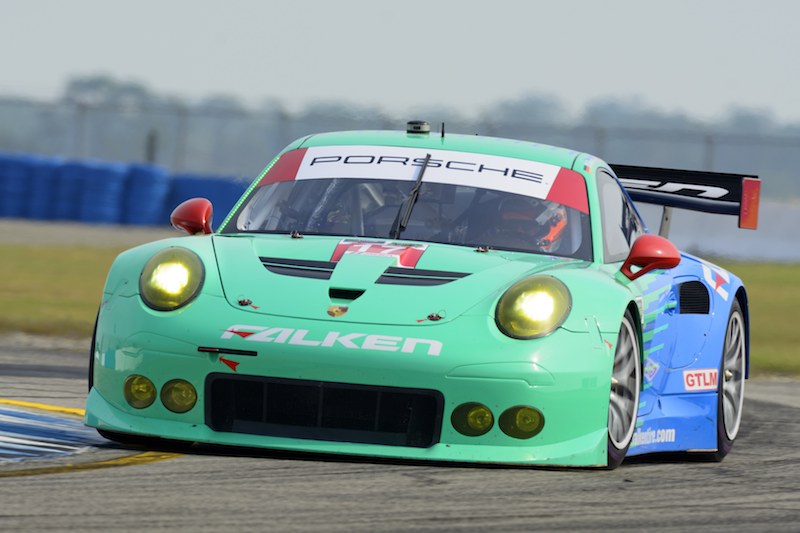
Mona Lisa’s Smile
I once had an engineer tell me to imagine him as a painter located somewhere far away from the painting of “Mona Lisa”, while I was sitting right in front it. My job is to try and instruct him how to perfectly recreate the painting, using everything as big as colors to as small as textures and brush strokes. No detail can be overlooked or you’ll miss what makes it a masterpiece. That concept has stuck with me through my career and is something I try and hold true to whenever I am in a debrief with the engineers. The further you go into your career, the more important it becomes to have a good car because that’s what make the difference in the long run. Detailed simplicity is the key!
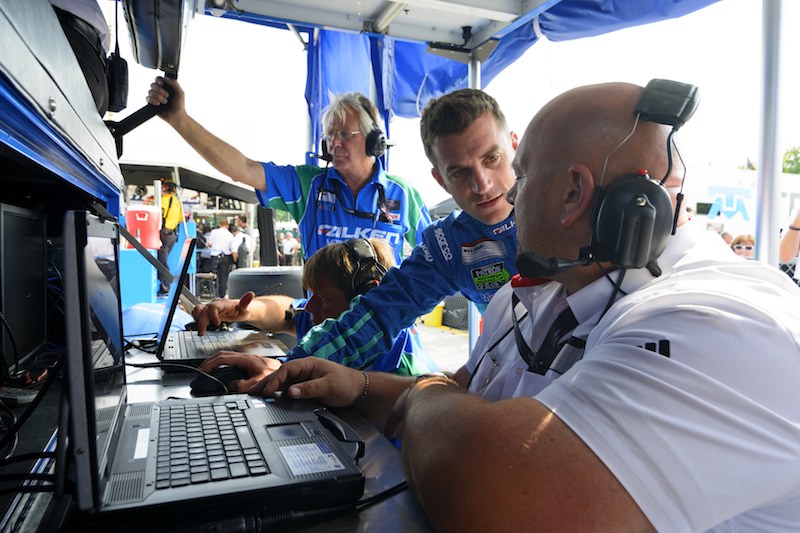
The Language Of A Professional Porsche Race Car Driver
There is a certain nomenclature that drivers use to describe the car whether to an engineer, another driver or even the media. There’s almost an endless amount of terms, so in this post I’ll will run through the ones we use most often in sports car racing.
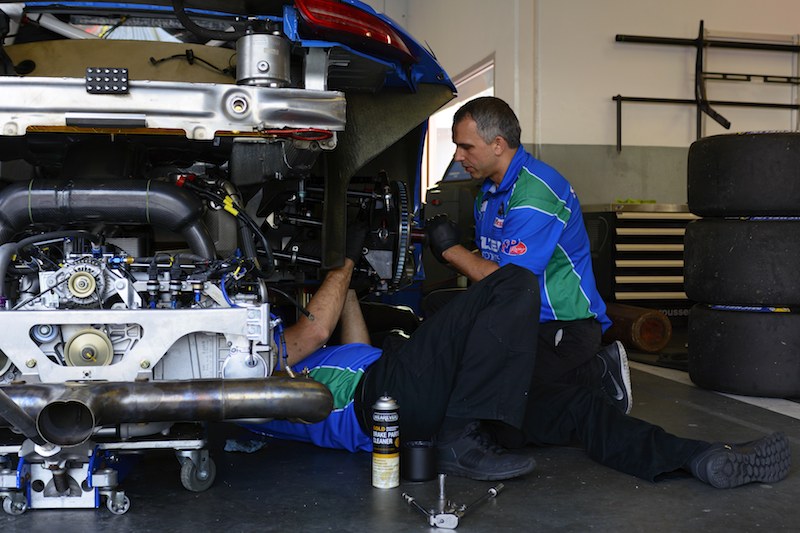
These first two terms are the most frequently used. When you hear them think of them as being based on how the front of the car is responding to your inputs:
- Understeer: The front does not turn enough. You find yourself “push(ing)”(a slang term for understeer) wide of the corners. You are looking where you want to go but the Porsche remains on the same course it was to some degree… hopefully not entirely.
- Oversteer: The front of the car turns too much and the rear of the car cannot keep up causing a “loose” (another slang term) or sliding feeling in the rear. In this case, you are looking where you are going but the rear of the 911 is trying to get there before the front.
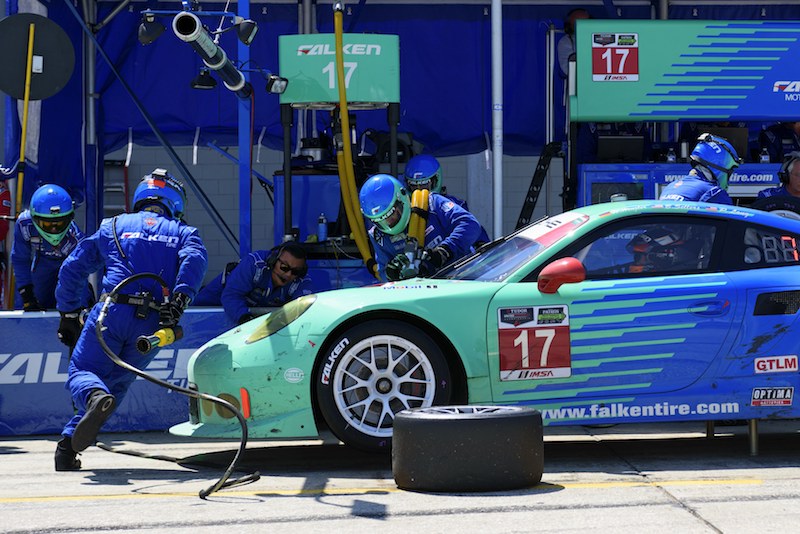
The remainder of the terms are used mostly during the debrief session after a practice or stint:
- Platform: How the Porsche reacts to braking and accelerating. Does the front of the 911 have too little platform and the front dives to the ground when you hit the brakes? Or, does the Porsche have too much platform and it doesn’t move when you hit the brakes or accelerate? You know these sensations from your own Porsche when you approach or leave a stop sign. In a racecar, platform has a big impact on braking points and where you can apply power coming out of a corner. So, it’s a big deal to have it right when you are trying to set a quick time or pull off a pass.
- Grip: This is an overall statement of how much traction you have to the road. Numerous items can affect grip, not only limited to track surface, temperature, tire compounds and constructions. Grip, or a lack of grip more accurately, can result from mechanical, aerodynamic and other factors. Basically, adhesion and grip are the same. Anything that impacts the tire’s ability to remain in contact to the surface is grip.
- Roll: How much the car actually moves on the spring/bar/damper in a lateral motion. This is a lateral or longitudinal motion so there are a lot of variables and directions this applies too.
- Soft: This is what we call it when you have a car that has too much lateral or longitudinal movement. Basically, a soft car transitions too much weight in the opposite direction you are applying force (i.e. the car “rolls” to right when you turn left).
- Stiff: This is a car that does not have enough lateral or longitudinal movement, meaning it does not transfer weight. A lot of the time this is the fastest option in theory because less energy is lost laterally or longitudinally but too stiff makes for a very nervous car and driver. You want some compliance, especially in an endurance race as it is easier on the car… and the drivers.
Now you know the basic terms we use when describing a car’s handling. These are the words that we use to describe Mona Lisa’s smile.
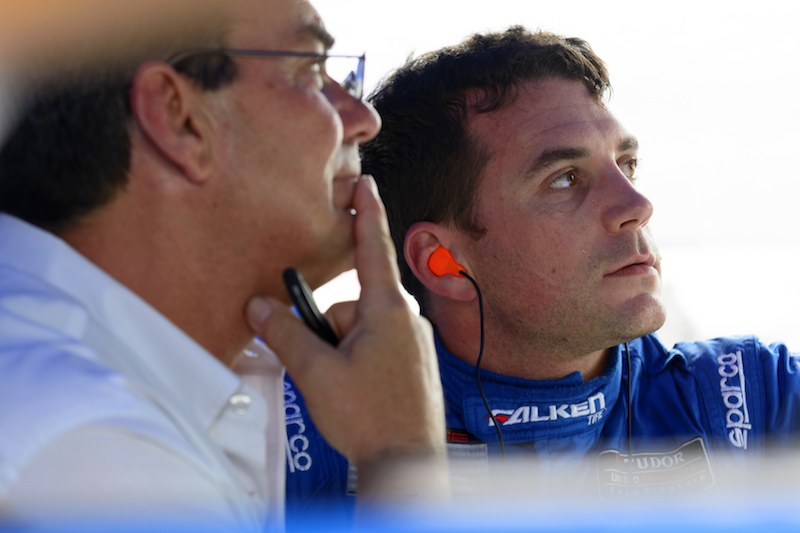
I’ll be contributing to FLATSIXES.com on a somewhat regular basis for the rest of the 2015 season. If there’s something you would like me to cover or questions you want answered, please ask them in the comments below. I’ll do my best to answer as much as I can both in the comments and in future posts.
